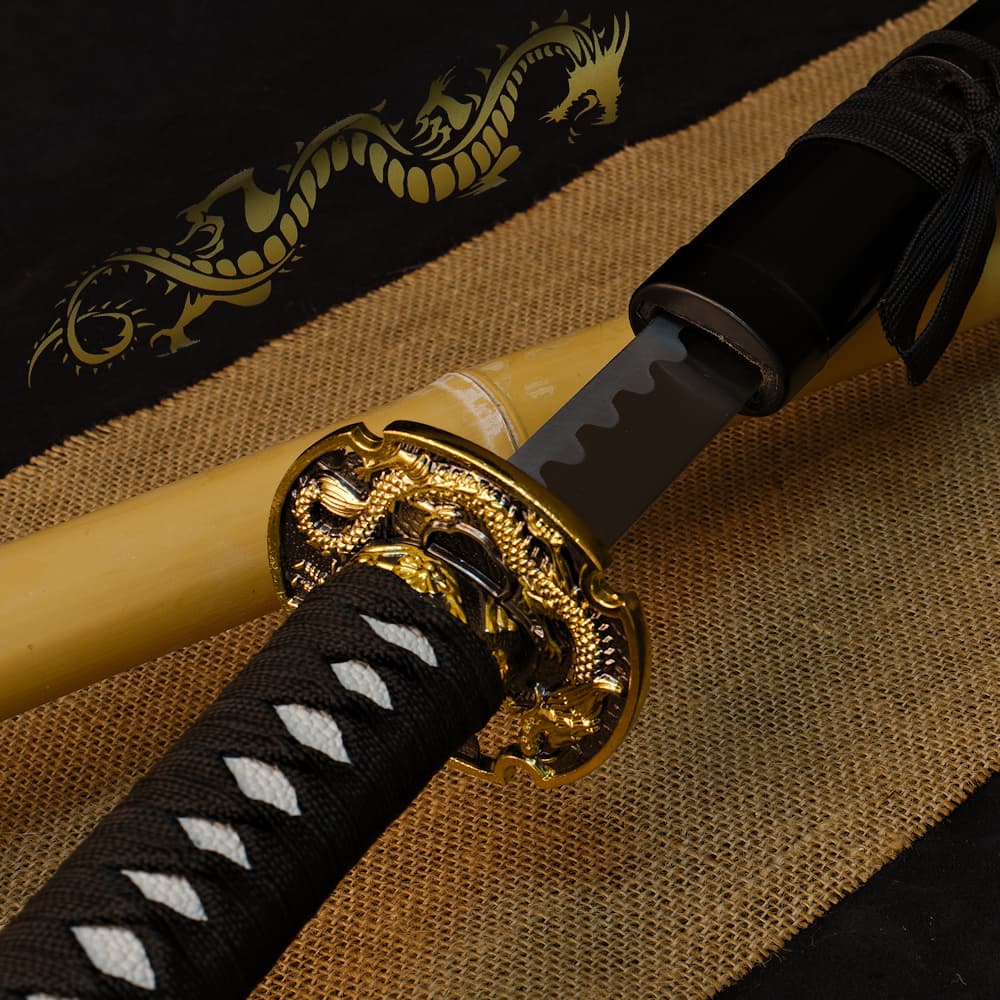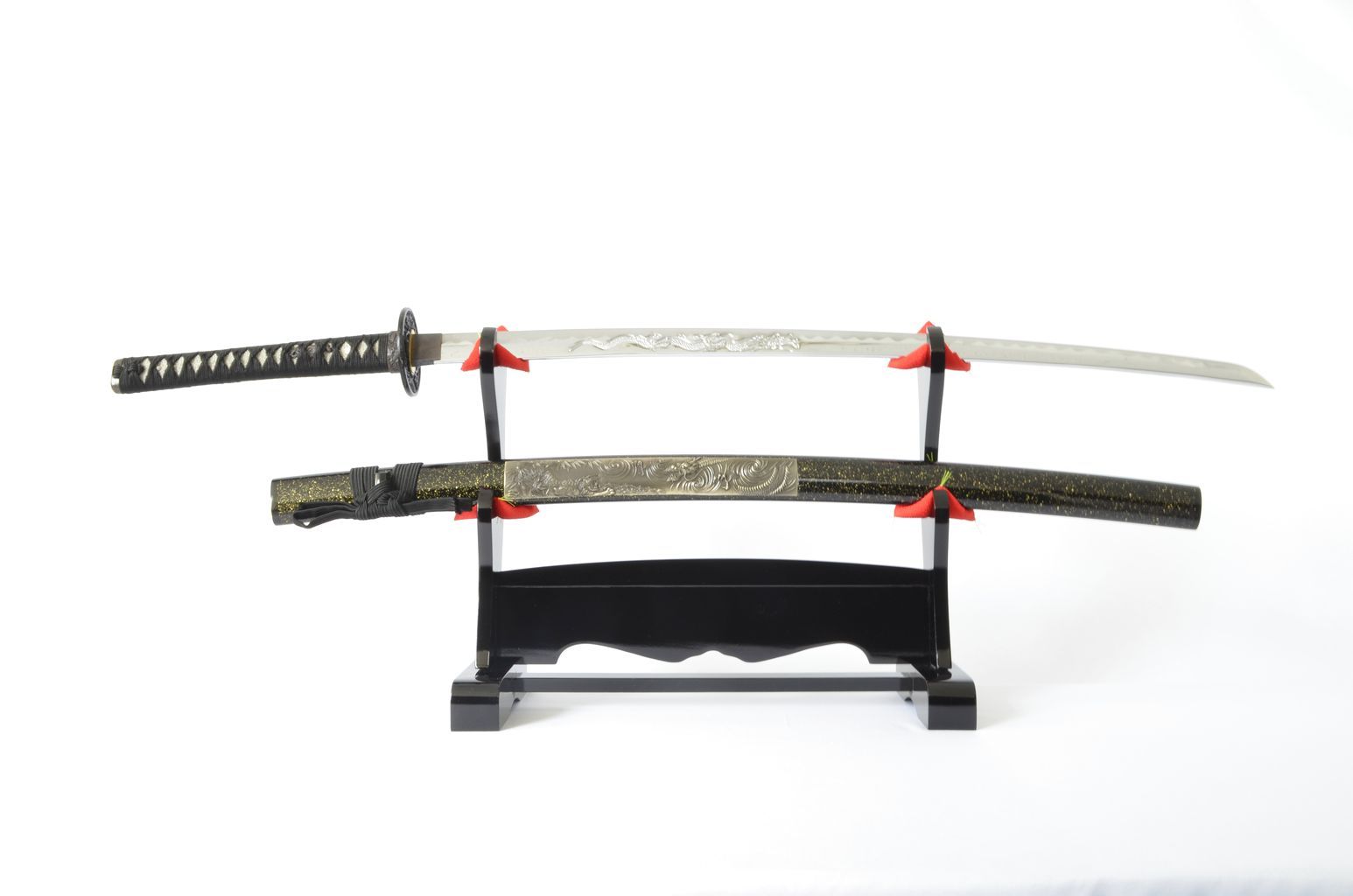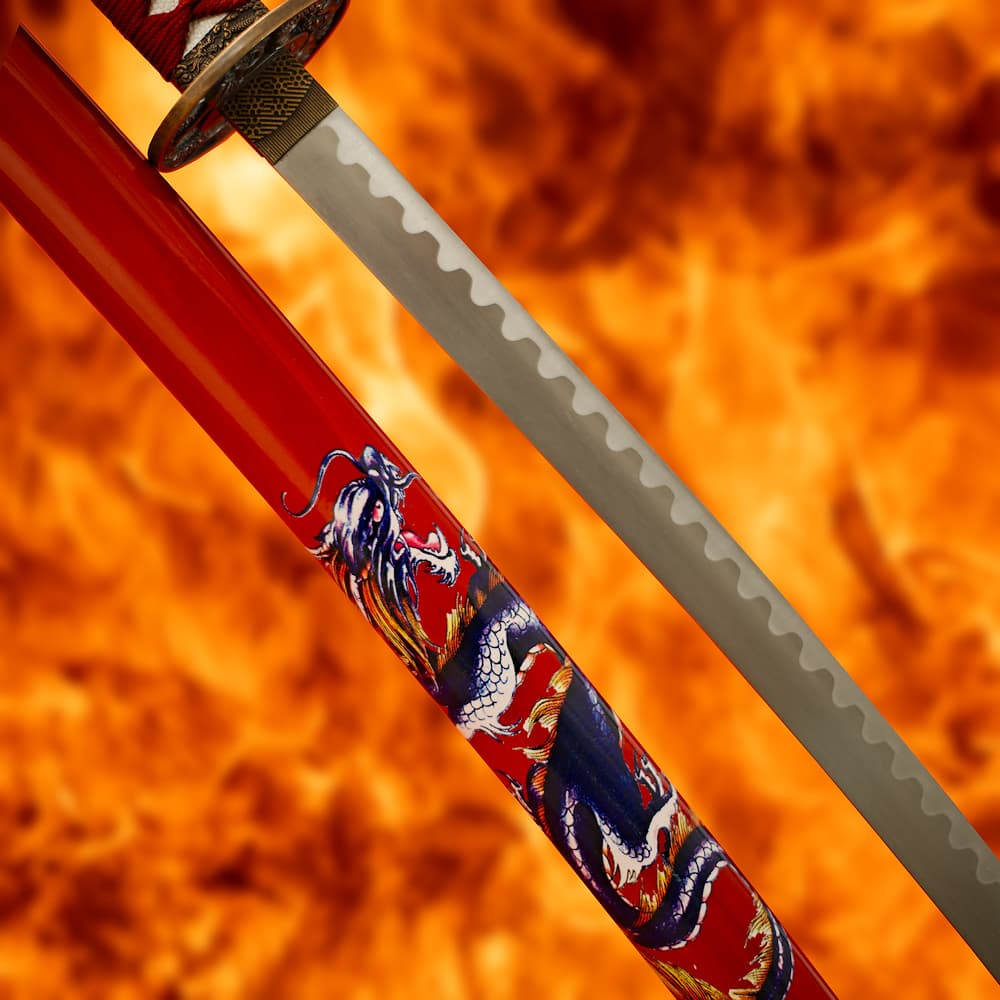As a passionate collector of traditional weapons, my journey into the world of decorative samurai swords has been nothing short of fascinating. These exquisite pieces of art not only represent the rich history of Japan but also embody the skill and craftsmanship of the artisans who create them. In this article, we’ll delve deep into the world of decorative samurai swords, exploring their history, craftsmanship, how to choose the right one for your collection, and much more!
Understanding Decorative Samurai Swords
Decorative samurai swords, often referred to as katana, are not merely weapons; they are profound representations of Japanese culture, filled with symbolism and artistry. While some collectors may seek swords for their functional capabilities, others appreciate them purely for their aesthetic and cultural value.
The History of Samurai Swords
The samurai swords date back to ancient Japan and played a vital role in the samurai’s life. During feudal Japan, a samurai’s sword was not only a weapon but also a symbol of their honor and status. These swords were meticulously crafted, often taking months or even years to complete.

Key Phases in the History of Samurai Swords
- Heian Period (794–1185): The early development of the tachi sword, featuring a curved blade.
- Kamakura Period (1185–1333): The emergence of the katana, with its distinctive single-edge blade.
- Muromachi Period (1336–1573): Refinement of sword-making techniques, leading to the iconic designs recognized today.
- Edo Period (1603–1868): The golden age of sword crafting, where aesthetics became paramount.
The Craftsmanship Behind Decorative Samurai Swords

Crafting a decorative samurai sword is an art that combines traditional techniques with modern innovations. A genuine katana is not just forged; it is crafted with care, passion, and pride. Below, I’ll explore some of the most crucial aspects of sword-making.
Materials Used in Sword Crafting
| Material | Description | Use in Sword Making |
|---|---|---|
| Steel | High carbon steel is primarily used for its strength and ability to hold an edge. | Blade forging and sharpening. |
| Laminate | Multiple layers of steel provide flexibility and resilience. | Creating the blade core. |
| Wood | Traditional types like magnolia are used for the saya (scabbard). | Making the handle and scabbard. |
| Ray Skin | Known as same, adds grip to the handle. | Wrapping for the tsuka (handle). |

Types of Decorative Samurai Swords
When it comes to decorative samurai swords, there are several types, each with unique characteristics and historical significance. Understanding these types can help you choose the right sword for your collection.

1. Katana
The katana is the most iconic form of the samurai sword, known for its curved, single-edged blade, circular or squared guard, and long grip. It’s a weapon that is also a masterpiece of artistry.
2. Wakizashi
The wakizashi is a shorter sword, typically worn together with the katana. It served both as a weapon and a tool, often used for seppuku (ritual suicide).

3. Tanto
The tanto is a small dagger, popular among samurai for personal defense. Its design varies but often features intricate craftsmanship.
4. Tachi
The tachi is an older style of sword, longer than the katana and typically worn suspended edge-down. It’s primarily a decorative piece today, reflecting a more historical period.

Choosing the Right Decorative Samurai Sword for Your Collection
As a collector, choosing the right decorative samurai sword involves several considerations. Here are some key factors to keep in mind:

1. Purpose of the Purchase
Are you looking for a display piece, a functional sword, or an investment? Understanding your intent will guide your choices.
2. Authenticity and Craftsmanship
Always look for reputable sellers. Authentic swords often come with a certificate of authenticity detailing their craftsmanship.
3. Price Range
Decorative samurai swords can range significantly in price. Set a budget that considers how much you are willing to invest in quality and craftsmanship.
4. Maintenance
Consider the care and maintenance required for the sword you choose. High-quality swords may need regular polishing and oiling to maintain their condition.
5. Aesthetics
Choose a sword that appeals to your taste. Decorative elements like the tsuba (guard), saya (scabbard), and the blade’s finish can significantly influence aesthetics.
Pros and Cons of Owning Decorative Samurai Swords
Pros
- Cultural significance and history.
- Beautiful craftsmanship that serves as art.
- Investment potential if authentic.
- Can serve as a conversation starter.
Cons
- High cost for authentic pieces.
- Requires maintenance and proper storage.
- Risk of scams with counterfeit pieces.
- Limited functionality for self-defense.
Where to Buy Decorative Samurai Swords
Finding reliable sources for purchasing decorative samurai swords is essential for any collector. Here are some recommended places:
1. Authorized Dealers
Always opt for licensed dealers who specialize in Japanese swords. They often provide certificates of authenticity.
2. Antique Shops
Some antique shops carry authentic samurai swords that are historical pieces. Always verify authenticity before purchasing.
3. Online Marketplaces
Websites like Etsy and eBay have a variety of decorative swords. Look for sellers with high ratings and positive reviews.
4. Sword Shows and Conventions
Attending sword shows can provide access to various dealers, allowing you to see the swords in person before buying.
Maintaining Your Decorative Samurai Sword
Proper maintenance of your decorative samurai sword is critical to ensure its longevity and beauty. Here are some essential tips:
1. Regular Cleaning
Clean your sword regularly with a soft cloth to remove fingerprints, dust, and moisture. Use a special sword oil to protect the blade.
2. Storage Conditions
Store your sword in a dry, cool place away from direct sunlight. A well-designed sword stand or display case can prevent damage.
3. Avoiding Damage
Keep your sword away from children and pets. Ensure that it’s out of reach to prevent accidents.
Personal Reflections on My Samurai Sword Collection
As I reflect on my journey as a collector, I can’t help but appreciate the beauty and significance of each piece in my collection. Each sword tells a story, from its creation to its journey to my home. The thrill of unboxing a new addition, carefully examining the craftsmanship, and imagining the history behind it is something that never fades. I encourage anyone interested in this fascinating world to consider both the aesthetic beauty and the cultural significance when adding a decorative samurai sword to their collection.
FAQs About Decorative Samurai Swords
What is the difference between a katana and a tachi?
The main difference lies in their blade curvature and how they are worn. The katana is designed for quick drawing and close combat, while the tachi is longer and typically worn suspended, edge-down, for more ceremonial purposes.
How can I tell if my samurai sword is authentic?
Look for a maker’s mark on the tang, seek a certificate of authenticity, and consult an expert appraiser if unsure.
Can I use a decorative samurai sword for practical purposes?
While some decorative swords are functional, most are not designed for heavy use. It’s best to use a katana specifically made for cutting if you intend to practice.
What are some common mistakes to avoid when buying a decorative samurai sword?
Avoid buying swords without proper authentication, neglecting to consider maintenance costs, and purchasing from unreliable sellers.